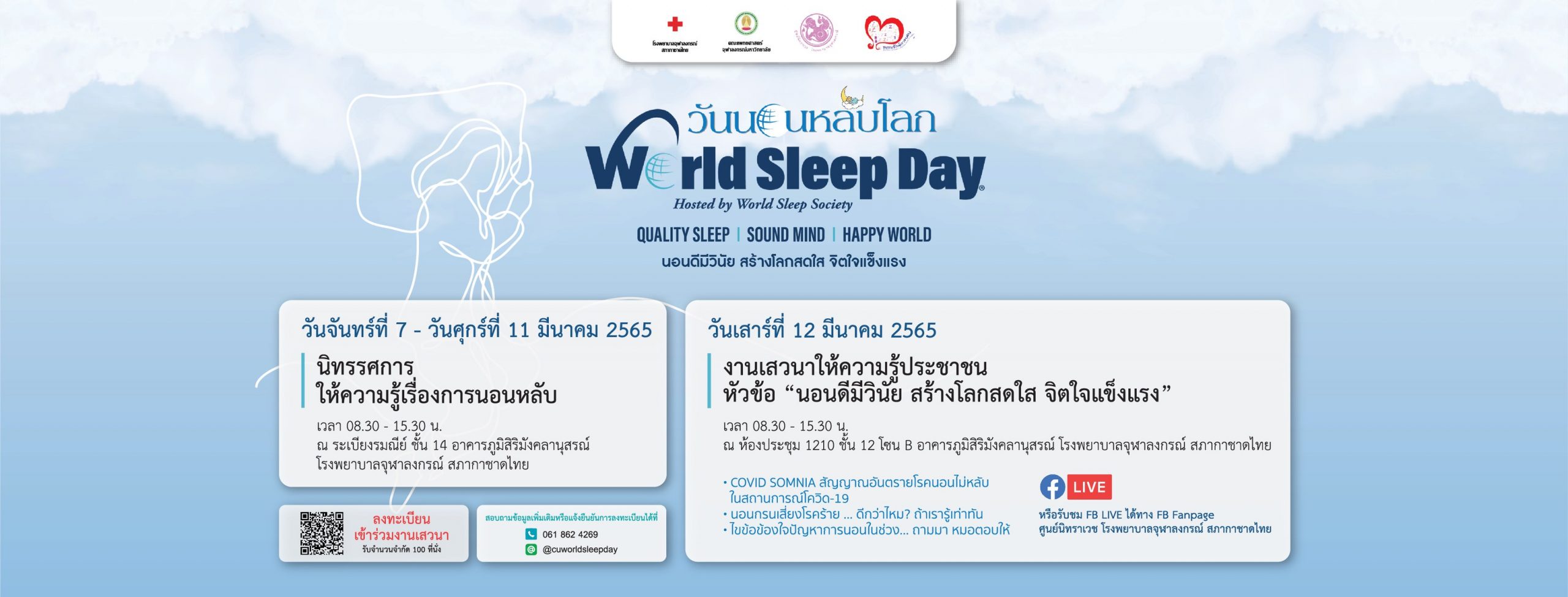SYMPTOMS OF AEROPHAGIA ARE COMMON IN PATIENTS ON CONTINUOUS POSITIVE AIRWAY PRESSURE THERAPY AND ARE RELATED TO THE PRESENCE OF NIGHTTIME GASTROESOPHAGEAL REFLUX
http://dx.doi.org/10.5664/jcsm.2328
Symptoms of Aerophagia Are Common in Patients on Continuous Positive Airway Pressure Therapy and Are Related to the Presence of Nighttime Gastroesophageal Reflux
Kelly Shepherd, Ph.D.1,2; David Hillman, MB.BS.1; Peter Eastwood, Ph.D.1,2
1West Australian Sleep Disorders Research Institute, Department of Pulmonary Physiology and Sleep Medicine, Sir Charles Gairdner Hospital, Nedlands, Australia;2School of Anatomy and Human Biology, University of Western Australia, Crawley, Australia
Study Objectives: Continuous positive airway pressure (CPAP), the mainstay treatment for obstructive sleep apnea (OSA), involves administration of air under pressure to the upper airway. A well-known but poorly understood side effect of positive airway pressure therapies is aerophagia, air entering the esophagus and stomach rather than the lungs. Gastric distension, a consequence of aerophagia, can increase gastroesophageal reflux (GER) by increasing transient lower esophageal sphincter relaxations, the most common cause of reflux. This study aimed to determine: (i) the prevalence of aerophagia symptoms in a group of OSA patients on CPAP therapy, and (ii) whether aerophagia symptoms are related to an increase in prevalence of GER symptoms.
Methods: Consecutive OSA patients undergoing polysomnography for the purpose of optimizing their CPAP therapy completed a validated questionnaire regarding GER symptoms and aerophagia symptoms. Complete datasets were collected for 259 individuals (203 males).
Results: The group with aerophagia symptoms (n = 130) had a greater prevalence of frequent (≥ once a week) GER symptoms (29% vs. 10%, p < 0.05) and nighttime GER symptoms (9 vs. 2%, p < 0.05) than those without aerophagia (n = 129). The group with nighttime GER symptoms (n = 27) had a greater prevalence of aerophagia symptoms (63% vs. 23%, p < 0.05) than those without nighttime GER symptoms (n = 232).
Conclusions: In patients with OSA being treated with CPAP, the prevalence of GER and nighttime GER symptoms is greater in those with symptoms of aerophagia than those without. CPAP-induced aerophagia might precipitate GER, particularly nighttime GER, by exacerbating transient lower esophageal relaxations through gastric distension.
Keywords: Sleep apnea, continuous positive airway pressure, aerophagia, gastroesophageal reflux
Commentary: A commentary on this article appears in this issue on page 19.
Citation: Shepherd K; Hillman D; Eastwood P. Symptoms of aerophagia are common in patients on continuous positive airway pressure therapy and are related to the presence of nighttime gastroesophageal reflux. J Clin Sleep Med 2013;9(1):13-17.





